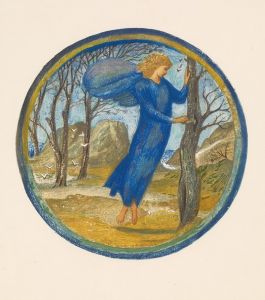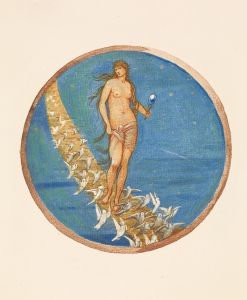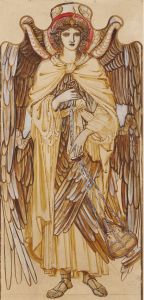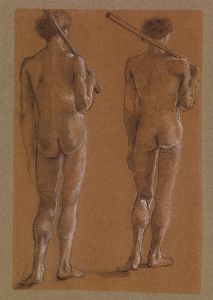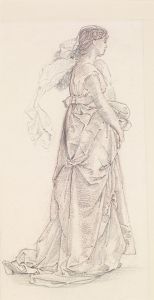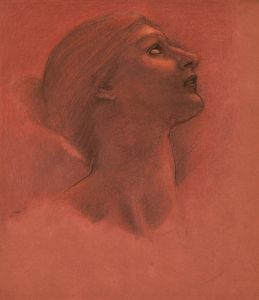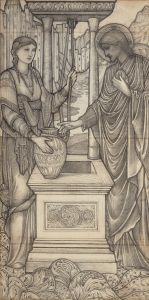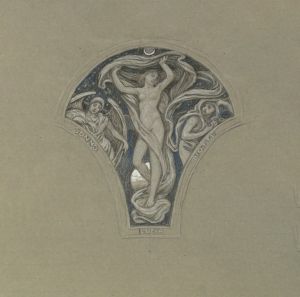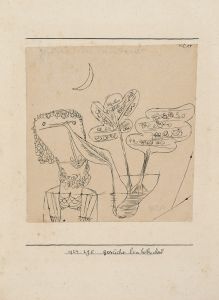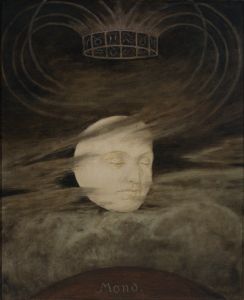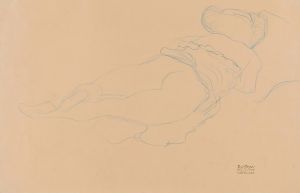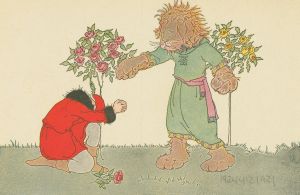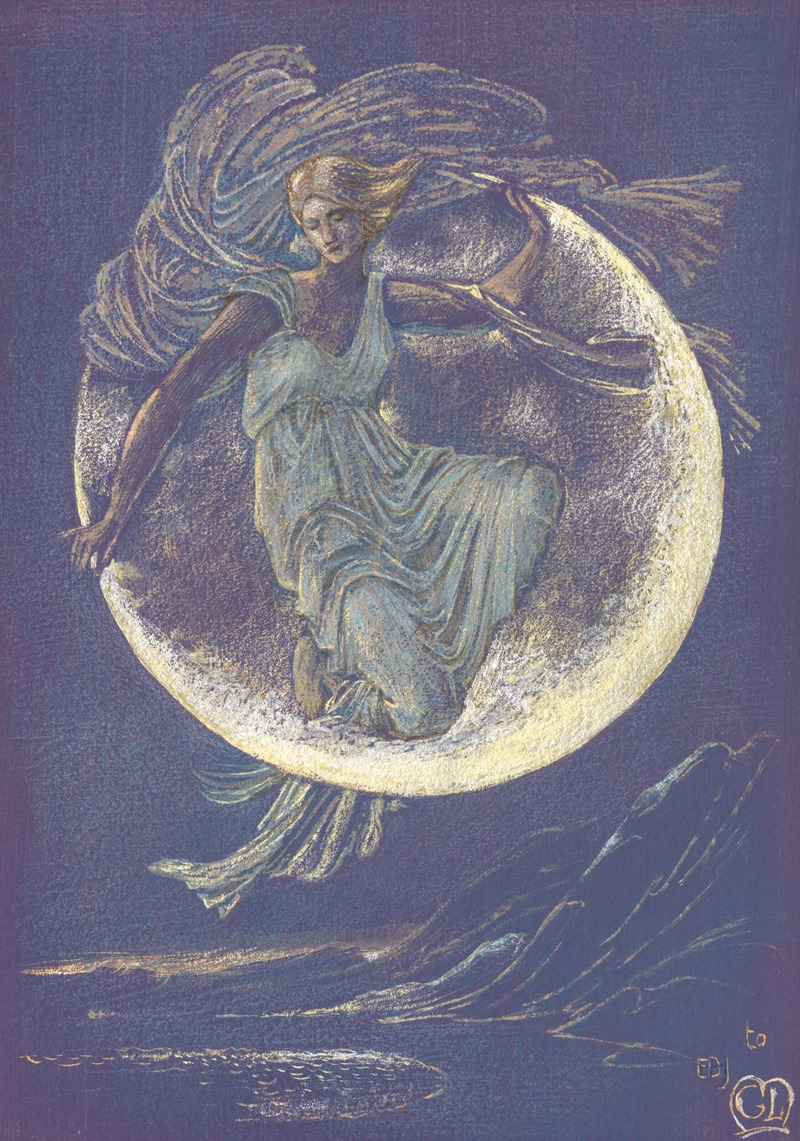
Luna
A hand-painted replica of Sir Edward Coley Burne-Jones’s masterpiece Luna, meticulously crafted by professional artists to capture the true essence of the original. Each piece is created with museum-quality canvas and rare mineral pigments, carefully painted by experienced artists with delicate brushstrokes and rich, layered colors to perfectly recreate the texture of the original artwork. Unlike machine-printed reproductions, this hand-painted version brings the painting to life, infused with the artist’s emotions and skill in every stroke. Whether for personal collection or home decoration, it instantly elevates the artistic atmosphere of any space.
Sir Edward Coley Burne-Jones was a prominent British artist and designer associated with the later phase of the Pre-Raphaelite movement and the Arts and Crafts Movement. His work is characterized by its romantic style, intricate detail, and use of mythological and literary themes. One of his notable works is the painting "Luna," which exemplifies his fascination with classical mythology and the ethereal qualities of celestial bodies.
"Luna" is a painting that depicts the Roman goddess of the moon, known as Luna. In Roman mythology, Luna is the divine embodiment of the moon, often associated with the Greek goddess Selene. Burne-Jones's portrayal of Luna captures the serene and mystical qualities attributed to the goddess. The painting is known for its delicate use of color and light, which creates a dreamlike atmosphere, a hallmark of Burne-Jones's style.
The composition of "Luna" is both simple and elegant. Luna is typically depicted as a solitary figure, often shown in profile, which emphasizes her tranquil and contemplative nature. Burne-Jones's attention to detail is evident in the flowing drapery of Luna's garments and the subtle play of light and shadow on her form. The background of the painting is usually kept minimalistic, focusing the viewer's attention on the goddess herself.
Burne-Jones was known for his ability to convey emotion and narrative through his artwork, and "Luna" is no exception. The painting evokes a sense of calm and introspection, inviting the viewer to reflect on the beauty and mystery of the moon. This aligns with the broader themes of the Pre-Raphaelite movement, which sought to revive the detail, color, and complexity of pre-Renaissance art, often drawing inspiration from literature, mythology, and nature.
The painting "Luna" is part of a larger body of work by Burne-Jones that explores mythological and allegorical themes. His interest in such subjects was influenced by his close association with other members of the Pre-Raphaelite Brotherhood, as well as his friendship with William Morris, a key figure in the Arts and Crafts Movement. Together, they shared a vision of art that emphasized beauty, craftsmanship, and a return to traditional techniques.
Burne-Jones's work, including "Luna," has been celebrated for its contribution to the revival of interest in medieval and classical themes during the Victorian era. His paintings are characterized by their meticulous attention to detail, rich color palettes, and the ability to convey complex emotions through visual storytelling. "Luna" remains an enduring example of his artistic legacy, reflecting both his technical skill and his deep appreciation for the mythological and the mystical.
While specific details about the creation and exhibition history of "Luna" may not be extensively documented, the painting continues to be appreciated by art historians and enthusiasts for its aesthetic qualities and its place within Burne-Jones's oeuvre. As with many of his works, "Luna" captures the timeless allure of myth and the enduring fascination with the celestial, making it a significant piece in the study of 19th-century British art.





